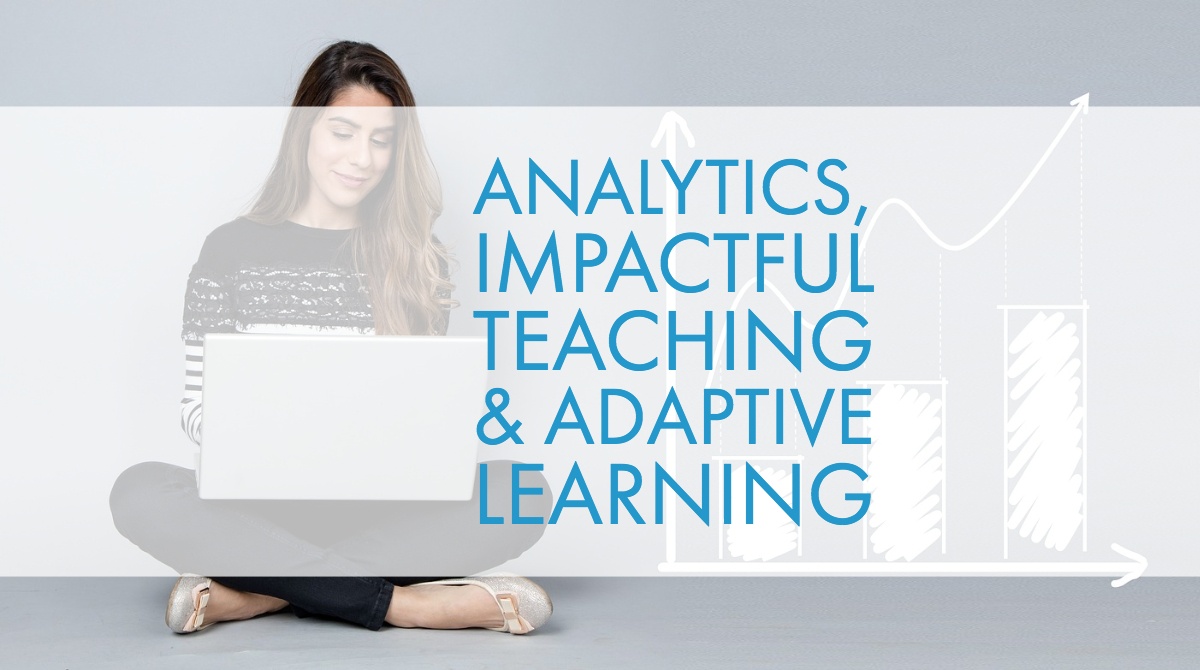Developing an online learning program is now a reasonable achievement for any publisher who wants to expand their legacy publishing company. Most publishers are aware that building a successful learning program requires careful forethought and strategic planning. When done right, digital learning programs are easy to use, visually appealing, cohesive, and accessible, providing benefits to both students and publishers.
Achieving optimal digital learning requires more, however, than a vision and an attractive interface. To reach this level, publishers must measure the success of their programs accurately to understand what works and what needs improvement. By measuring analytics consistently, valuable insight can be gained to optimize content, maximize efficiency, and build long-term publishing success.
The Basics Of Digital Learning Analytics
The basics of analytics are simple. To assess learning success, data is measured in several ways. After analyzing this data, it can be used to design maximally effective content. To begin, publishers must identify the questions that need to be answered, form a hypothesis, and plan how to collect the data. At the least, it’s necessary to measure performance and engagement and evaluate user surveys.
Measuring Engagement
To measure engagement, publishers must measure the time spent on the task vs the time spent on the learning platform. Interaction with peers and teachers, participation on forums and assignment submissions, and participation in class activities must also be evaluated. This data can be analyzed through correlation with learning achievement and comparison to prior analyses.
Measuring Learning Gain
To measure learning gain, a comparison of pre and post test scores, assignment scores, and teacher feedback is recommended. This can be analyzed through normalized gain measures and correlation among multiple measures.
Measuring Academic Achievement
Assessing achievement is simple. All that’s needed is to evaluate grades, standardized test scores, and any additional evaluative scores. These can then be correlated with engagement and learning gains.
Data Visualization And Analysis
Once the data has been measured, the cause and effect relationships within the data must be thoroughly explored. After the results have been determined, predictions can be made about how changes in the learning program will affect the experience and outcome for students.
Data can be visualized in a few different ways. One method is to evaluate relationships in order to see how one element is correlated to another. For example, time spent on the learning platform vs. quality of assignment responses. Another method is by evaluating the composition of the data; study how much time was spent on a lesson, divided up by content type, or an assessment score broken up by learning objectives. The last method of assessment is that of progression. In this method, we evaluate how many students who were successful in the first semester succeeded in the second, or whether students who completed assignment 3 successfully completed assignment 4.
The programs to measure analytics are numerous, and publishers need at the very least a system to collect, store, and visualize recorded data.
Impactful Teaching
Through analysis, the data can be transformed into genuine insight. Is the number of comments made in the student forum correlated with student engagement? Are some games better suited to helping struggling students than others? Which part of the content is most effective, and which part needs improvement? By answering these questions, we can improve the learning process to offer students the best possible learning experience.
These insights also enable the creation of a personalized learning path, empowering educators to shift their approach for at-risk students.
How To Get Started
Before one can accurately analyze data, a solid foundation is needed. It’s imperative to choose platforms that allow thorough capture of data as it applies to content interaction. Once that has been accomplished, it’s best to focus on engagement metrics. Learning outcomes are strongly correlated with engagement, so this is a good place to start. Conveniently, online learning engagement is much easier to measure than in a traditional classroom setting.
None of the above are possible without a quality data analysis platform. There are many on the market, but whichever you choose it’s best to stick with it. All team members should be trained to use the same program to ensure efficiency and consistency of results. Properly measured data and analysis is essential, so design content with analytics in mind.
If your team lacks analysis expertise or the time to develop it, it’s not the end of the world. Consider outsourcing the work to an expert who can handle the analytics for you.
Getting started with digital publishing is easier than ever. With state-of-the-art authoring platforms like those offered by Gutenberg Technology, you’re one step closer to running a thriving digital learning company. If you want to stick with the tried and true, continue publishing traditional textbooks. On the other hand, if you want to grow your business with an avant-garde, creative, and limitless new method of publishing, the door is wide open.






Leave a comment